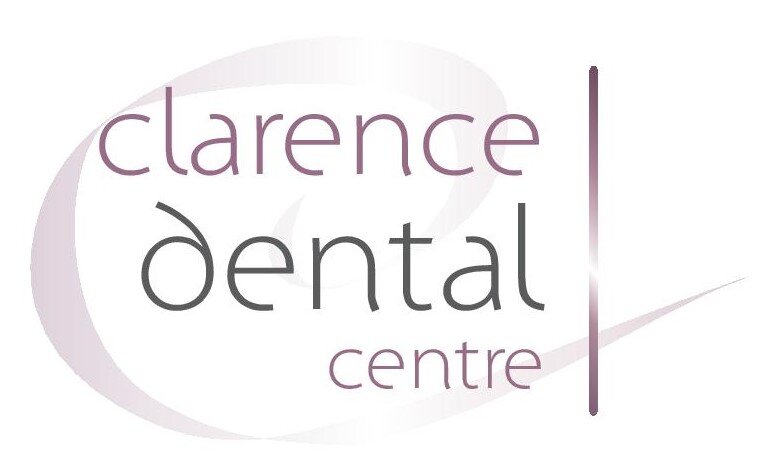Cleaning your child’s teeth: 6m-8yrs
As parents, we are all too aware of the struggle that can ensue, come tooth brushing time! Here are some great tips to keep in mind that may help:
1. Modelling the correct behaviour you want to see in your children is important from day one. From a young age, allow your child to see you brushing and flossing your teeth to establish a sense of normalcy around it.
2. Give your baby a tooth brush to play with in the bath. Given that EVERYTHING ends up in a baby’s mouth, in this instance it turns out to be pretty useful!
3. When your baby’s first teeth erupt around 4-8 months of age, use a soft cloth and water to gently wipe the teeth. Toothpaste is not necessary at this stage. It is important to monitor your baby’s teeth by lifting the lip to look at the teeth top and bottom, as this is where early tooth decay may form.
4. From around 18 months of age, a low fluoride toothpaste such as a baby toothpaste can be introduced on the tooth brush, using a tiny smear only. Encourage your child to spit the toothpaste out, though don’t stress too much if they can’t as this takes some practice! Just keep the toothpaste to a minimum.
5. Toddlers and children should have a turn at brushing their own teeth, before mum or dad coming in to finish the job. This should continue until your child turns 8 years old, as children lack the dexterity to use the toothbrush effectively until this age.
6. From 8 years onwards, remember to ensure that your children are indeed brushing for 2 minutes twice each day and flossing once per day, using good technique and not rushing.
7. A manual tooth brush should be used until your child can confidently and thoroughly clean their teeth. Once this skill is fine tuned, an electric tooth brush can be introduced if you wish.
Electric tooth brushes are an excellent tool to use, when used correctly. The key is to let the toothbrush do the work, rather than using a sweeping motion. A round headed, oscillating type brush head is ideal. The toothbrush head needs to be held on each surface of each tooth, manoeuvring around the curvature of each tooth before moving on to the next. Electric toothbrushes buzz after 2 minutes of use and should be used for this entire timeframe.


